NASA Takes Emergency Action To Keep Voyager 2 Alive
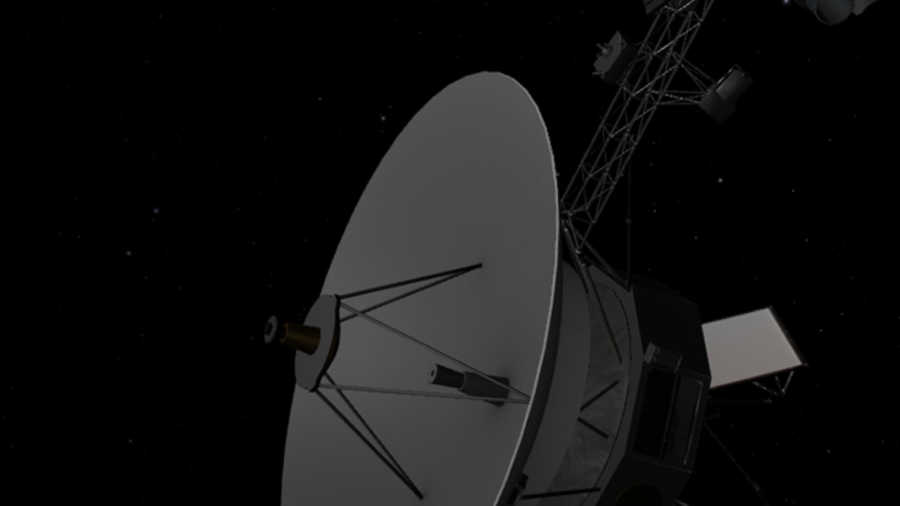
The ongoing mission to keep the Voyager 2 probe going has led the team of NASA scientists to disable one of its scientific monitoring devices. The plasma science instrument was turned off to conserve energy on the ship, allowing other devices to remain active for longer.
Due to its unique status as one of only two interstellar spacecraft, NASA is determined to keep the unmanned mission alive as long as possible.
Voyager 2 Running Out Of Energy
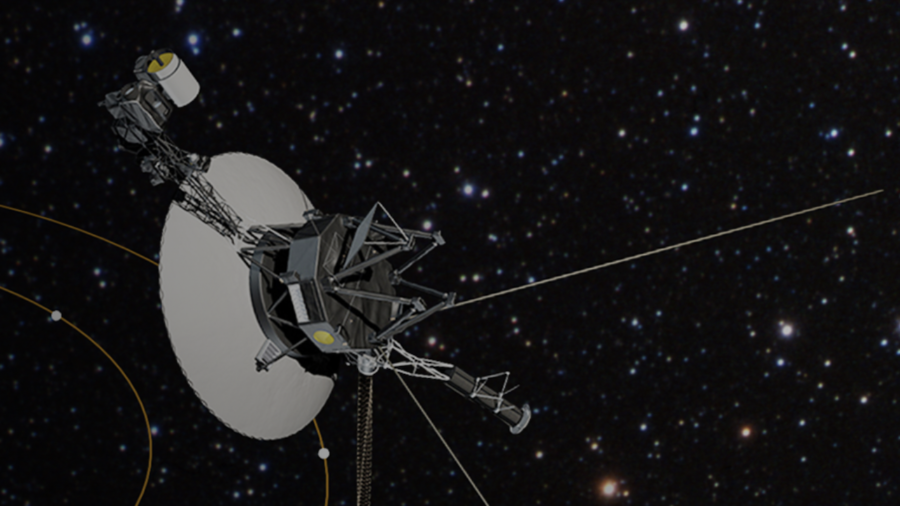
Voyager 2 and its companion shuttle both use degrading plutonium as their power source, and that energy is slowly running out. Energy conservation has become an ongoing problem for vessels in recent years, with noncritical devices on board, such as heaters, being turned off to preserve what energy is left for scientific instruments.
The decision to disable one of those instruments shows just how dire the energy situation is becoming, as the spacecraft continues to lose around four watts of power each year.
Some Parts Still Operational
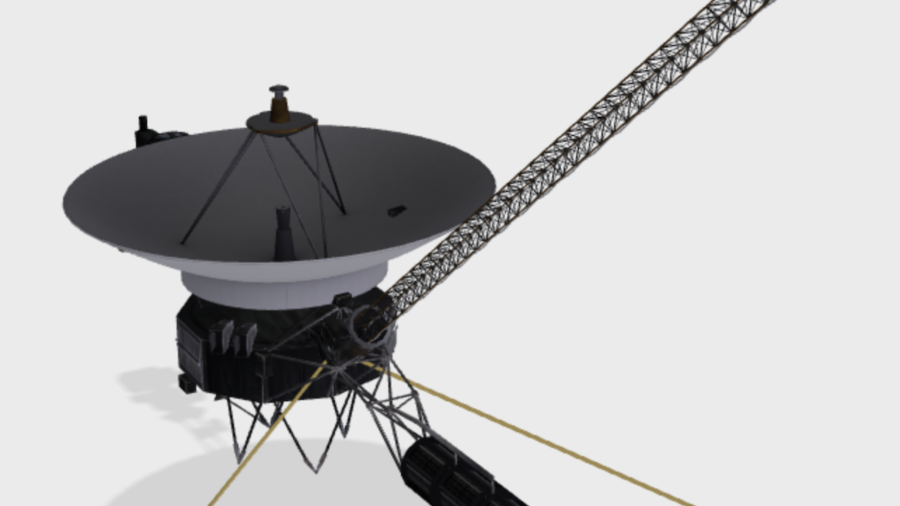
While Voyager 2 has lost its plasma science instrument, four other scientific instruments continue to collect data to send back to Earth.
The disabled device measured both the amount of plasma in the space around the shuttle and the direction of that plasma’s movement.
The devices that are still operational are the Cosmic Ray Subsystem, Low Energy Charged Particles, Magnetometer, and Plasma Wave Subsystem.
Limited Functionality In Space

The decision to turn the plasma science device off on Voyager 2 was made because of its limited functionality in interstellar space.
While the device was very useful closer to the sun, its usefulness diminished once the vessel left the heliosphere.
Only able to gather its most useful data every three months, the system was turned off, with the craft now relying on the Plasma Wave Subsystem to collect data about plasma in space.
Working As Long As Possible?
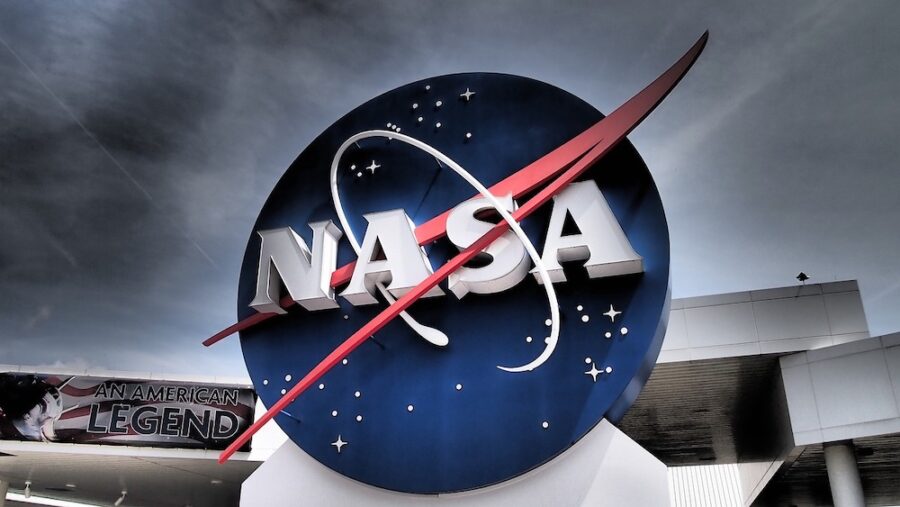
It’s important to keep Voyager 2 and its twin operational for as long as possible because they’re currently the only way Earth has to gather direct data from interstellar space.
Launched in 1977, the probes first monitored other planets in our solar system before exiting the heliosphere. NASA hopes to keep at least one instrument functional on each probe into the next decade to gather as much data as possible about space outside of our solar system.
50th Year In Space
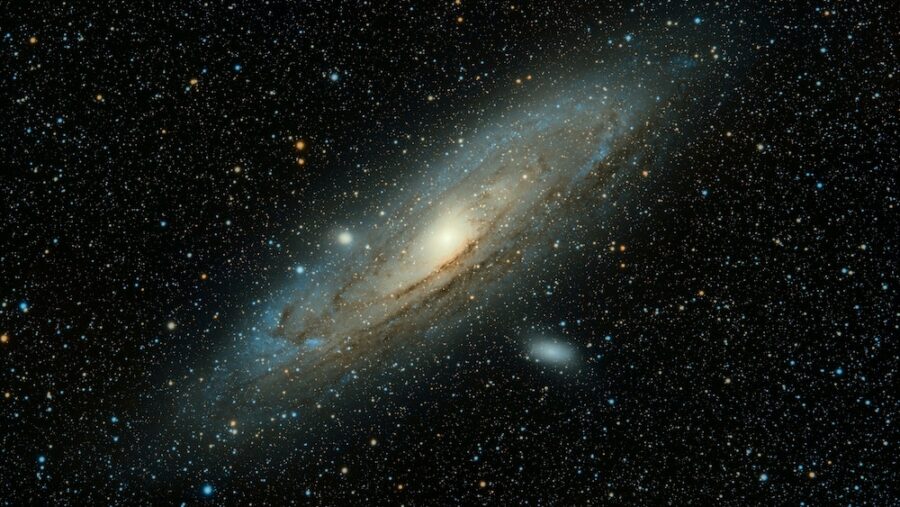
While power conservation has become an increasingly important part of maintaining Voyager 2, it’s not the first time scientific instruments were disabled to conserve energy.
Many instruments were turned off after exiting the solar system, as they were primarily useful for learning about passing planets. Both crafts launched with 10 different scientific devices, the majority of which have either been turned off or stopped functioning.
As Voyager 2 approaches its 50th year in space, it’s amazing that it’s still sending useful information back to Earth from 12.8 billion miles away. It’s collecting valuable data about the universe outside of our solar system, something we know little about.
Losing the plasma science device is a reminder that its usefulness is diminishing, but with four functional devices left, the mission is still going strong.
Source: NASA













Login with Google